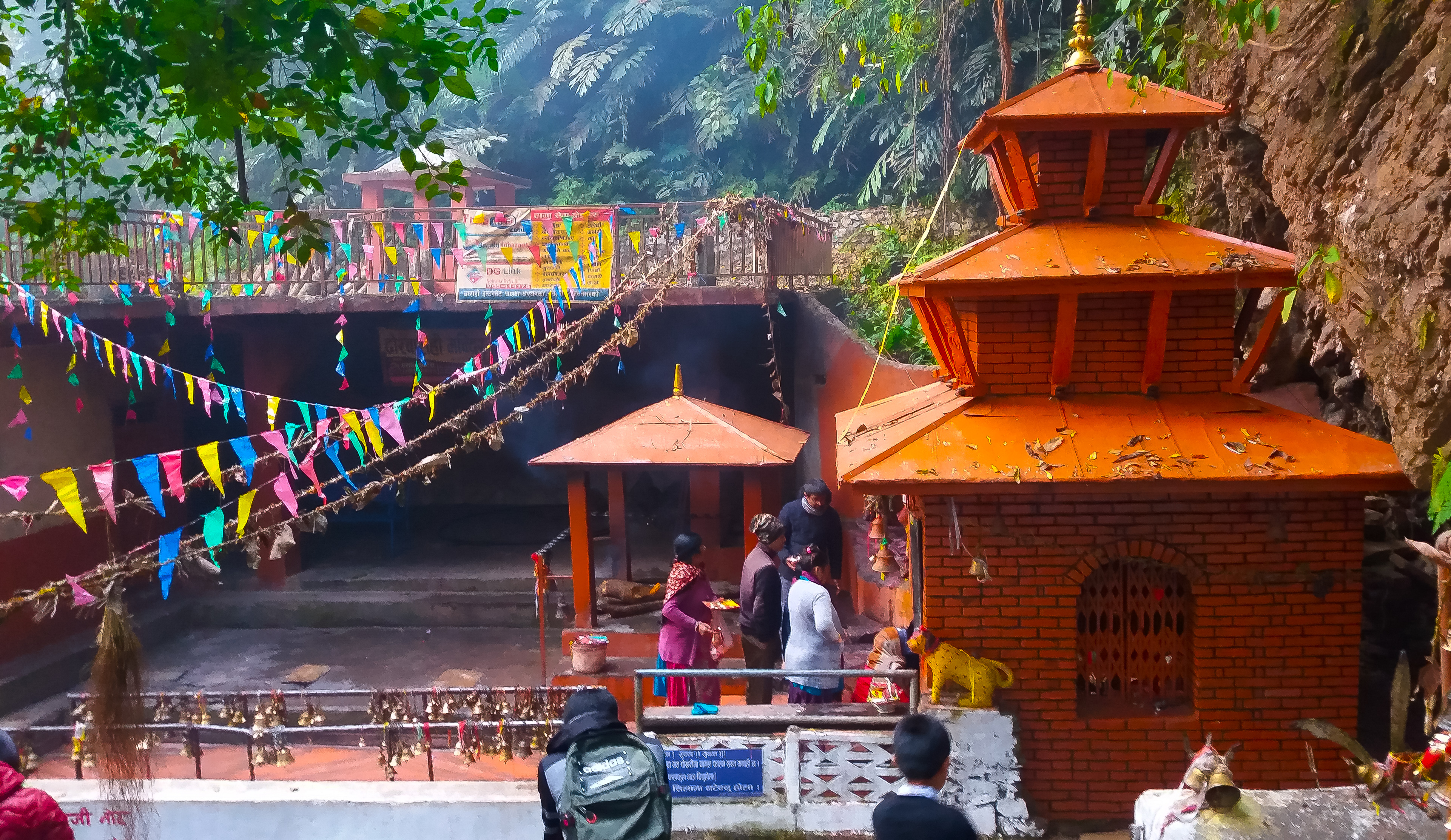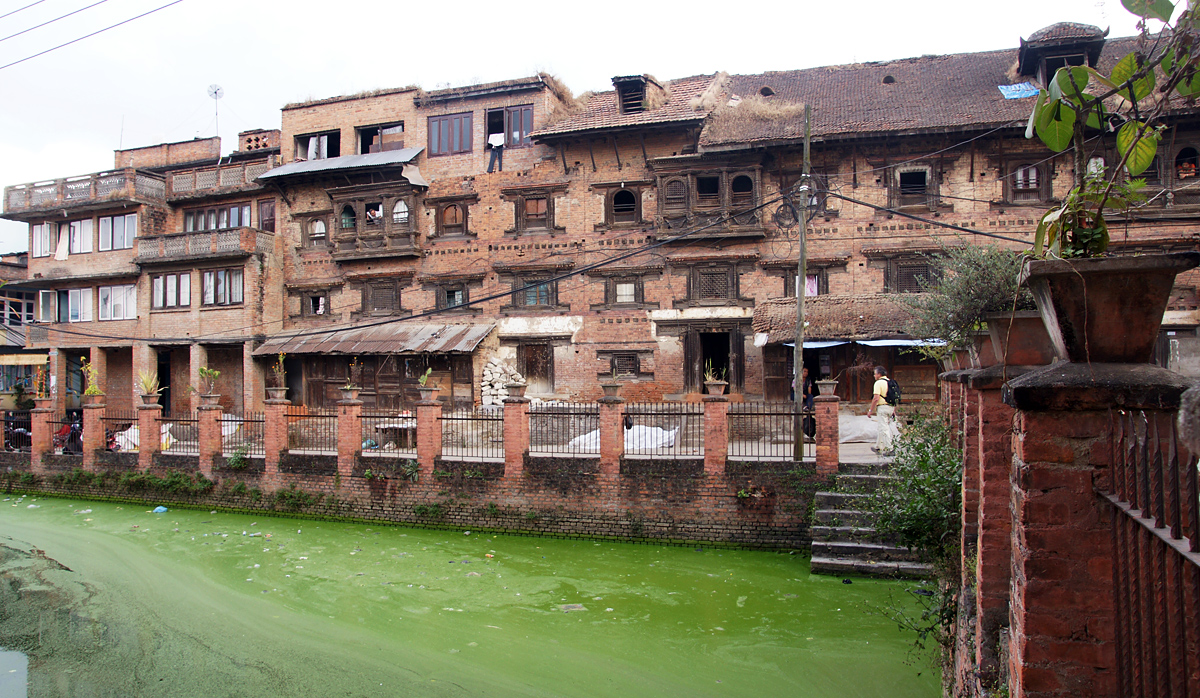|
Surpratap Shah
Surapratap Shah ( ne, सुरप्रताप शाह) or Surya Pratap Shah ( ne, सूर्यप्रताप शाह) was a prince of the Gorkha Kingdom. He was active during the Unification of Nepal led by his brother, King Prithvi Narayan Shah. He participated in the Battle of Kirtipur and the Battle of Makwanpur. He command the Battle of Kirtipur, in the battle, he lost his left eye, which led people to call him "a blind man". Shah also held the title of Kaji. In the early 1970s, Shah went into exile in the Tanahun Kingdom, after Prithvi Narayan Shah and Surpratap had quarreled. This led to Prithvi Narayan Shah invading Tanahun. Kirtipur War Memorial Park Kirtipur (Nepal Bhasa: किपू ''Kipoo'') is a Municipality and an ancient city of Nepal. The Newars are the natives of Kipoo (Kirtipur) that is believed to be derived from Kirati King Yalamber. It is located in the Kathmandu Valley 5 k ..., an under-construction park, is set to depict the Battle ... [...More Info...] [...Related Items...] OR: [Wikipedia] [Google] [Baidu] |
Gorkha Kingdom
Gorkha Kingdom ( ne, गोरखा राज्य) was a member of the Chaubisi rajya, a confederation of 24 states on the Indian subcontinent ruled by Khas people. In 1743 CE, the kingdom began a campaign of military expansion, annexing several neighbors to become present-day Nepal. The Gorkha Kingdom extended to the Marshyangdi River in the west, forming its border with the Kingdom of Lamjung. To the east, the kingdom extended to the Trishuli River, forming its border with the Nepal Mandala. The Gorkha Kingdom was established in 1559 CE by Prince Dravya Shah, second son of King Yasho Brahma Shah of Lamjung. The prince replaced the Khadka chiefs who previously ruled the region. Origin According to legends, one of the earliest Shah rulers was Rishi-raj Rana-Ji, of the Lunar dynasty. He was made the ruler of Chittorgarh and received the title of ''Bhattarak''.Daniel Wright, ''History of Nepāl'', Cambridge University Press, 1877, NepalChapter X page 273 The lunar d ... [...More Info...] [...Related Items...] OR: [Wikipedia] [Google] [Baidu] |
Tanahun Kingdom
Tanahun District ( ne, तनहुँ जिल्ला , or ), a part of Gandaki Province, is one of the seventy-seven districts of Nepal. The district, with Damauli as its district headquarters, covers an area of and has a population (2011) of 323,288. Previously the town of Bandipur was its district headquarter. This district lies in the middlemost of country Nepal. The postal code of Tanahun is 33900. Bhanubhakta Acharya (Nepali: भानुभक्त आचार्य; 1814 – 1868) was a Nepalese poet and writer who translated the great epic Ramayana from Sanskrit to Khas language. His birthplace is Chundi Ramgha Tanahun Nepal. Bhanubhakta Acharya was born on 29 Ashar, 1871B.S. in Tanahun district of Nepal. Acharya was born to a Very Brahmin family and received education with a strong leaning towards religion from his grandfather at home. He is honored with the title Adikabi for the contributions he has made in the field of poetry and Khasi literature and every y ... [...More Info...] [...Related Items...] OR: [Wikipedia] [Google] [Baidu] |
Nepalese Princes
Nepali or Nepalese may refer to : Concerning Nepal * Anything of, from, or related to Nepal * Nepali people, citizens of Nepal * Nepali language, an Indo-Aryan language found in Nepal, the current official national language and a language spoken in India * Nepal Bhasa, a Sino-Tibetan language found in Nepal, formerly the official national language * Nepalese literature * Nepalese cuisine * Nepalese culture * Nepali cinema * Nepali music Other uses * ''Nepali'' (film), a 2008 Indian Tamil-language film See also * Nepal (other) * * * Languages of Nepal * Nepal Nepal (; ne, नेपाल ), formerly the Federal Democratic Republic of Nepal ( ne, सङ्घीय लोकतान्त्रिक गणतन्त्र नेपाल ), is a landlocked country in South Asia. It is ma ... is a south Asian country with a population of nearly 30 million. {{disambiguation Language and nationality disambiguation pages ... [...More Info...] [...Related Items...] OR: [Wikipedia] [Google] [Baidu] |
Nepalese Hindus
Hinduism is the main and largest religion of Nepal. In 2007, the country declared itself a secular country through democracy; still, some special privileges were given to Indic religions like "The Constitution of Nepal has established a call for the protection of this age-old religion referring to Sanatan Dharma throughout the country". According to the 2011 census, the Hindu population in Nepal is estimated to be around 21,551,492, which accounts for at least 81.34% of the country's population, the highest percentage of Hindus of any country in the world. The national calendar of Nepal, Vikram Samvat, is a solar Hindu calendar essentially the same to that widespread in North India as a religious calendar, and is based on Hindu units of time. Nepal remained the last Hindu country in the world until 2008, after the abolition of monarchy in the nation. The geographical distribution of religious groups revealed a preponderance of Hindus, accounting for at least 90% of the populatio ... [...More Info...] [...Related Items...] OR: [Wikipedia] [Google] [Baidu] |
Nepalese Exiles is a south Asian country with a population of nearly 30 million.
{{disambiguation
Language and nationality disambiguation pages ...
Nepali or Nepalese may refer to : Concerning Nepal * Anything of, from, or related to Nepal * Nepali people, citizens of Nepal * Nepali language, an Indo-Aryan language found in Nepal, the current official national language and a language spoken in India * Nepal Bhasa, a Sino-Tibetan language found in Nepal, formerly the official national language * Nepalese literature * Nepalese cuisine * Nepalese culture * Nepali cinema * Nepali music Other uses * Nepali (film), ''Nepali'' (film), a 2008 Indian Tamil-language film See also * Nepal (other) * * * Languages of Nepal * Nepal Nepal (; ne, नेपाल ), formerly the Federal Democratic Republic of Nepal ( ne, सङ्घीय लोकतान्त्रिक गणतन्त्र नेपाल ), is a landlocked country in South Asia. It is ma ... [...More Info...] [...Related Items...] OR: [Wikipedia] [Google] [Baidu] |
18th-century Nepalese People
The 18th century lasted from January 1, 1701 ( MDCCI) to December 31, 1800 ( MDCCC). During the 18th century, elements of Enlightenment thinking culminated in the American, French, and Haitian Revolutions. During the century, slave trading and human trafficking expanded across the shores of the Atlantic, while declining in Russia, China, and Korea. Revolutions began to challenge the legitimacy of monarchical and aristocratic power structures, including the structures and beliefs that supported slavery. The Industrial Revolution began during mid-century, leading to radical changes in human society and the environment. Western historians have occasionally defined the 18th century otherwise for the purposes of their work. For example, the "short" 18th century may be defined as 1715–1789, denoting the period of time between the death of Louis XIV of France and the start of the French Revolution, with an emphasis on directly interconnected events. To historians who expand ... [...More Info...] [...Related Items...] OR: [Wikipedia] [Google] [Baidu] |
Kirtipur War Memorial Park
Kirtipur (Nepal Bhasa: किपू ''Kipoo'') is a Municipality and an ancient city of Nepal. The Newars are the natives of Kipoo (Kirtipur) that is believed to be derived from Kirati King Yalamber. It is located in the Kathmandu Valley 5 km south-west of the city of Kathmandu. It is one of the five municipalities in the valley, the others being Kathmandu, Lalitpur, Bhaktapur and Madhyapur Thimi. It is one of the most famous and religious places to visit. Many people visit this place not only for its natural environment but also to visit temples. The city was listed as a UNESCO tentative site in 2008. Etymology The name Kirtipur comes from the Sanskrit terms ''Kirti'' (glory) and ''pur'' (city) as well as Kirat Kingdom of Yalamber's dynasty. The colloquial term used for the city is Kipoo . Demographics Originally a Newar foundation, Kirtipur is still a center of Newar culture. It has been merged with surrounding villages to form the municipality of Kirtipur with a populati ... [...More Info...] [...Related Items...] OR: [Wikipedia] [Google] [Baidu] |
Kaji (Nepal)
''Kaji'' ( ne, काजी) was a title and position used by nobility of Gorkha Kingdom (1559–1768) and Kingdom of Nepal between 1768 and 1846. Many other contemporary kingdoms used the same title for their ministers. Etymology Historian Mahesh Chandra Regmi suggests that ''Kaji'' is derived from Sanskrit word ''Karyi'' which meant functionary. History Ganesh Pande was the first Kaji under King Dravya Shah of Gorkha Kingdom. He helped Dravya Shah to become King of Gorkha and was later appointed Kaji of Gorkha in 1559 A.D. Another significant Kaji of Gorkha was Kalu Pande born in the family of Ganesh Pande. He was son of Bhimraj Pande who was also a Kaji during the reign of King Nara Bhupal Shah. Kalu Pande led Gorkhalis in the Battle of Kirtipur. He had set up a base on Naikap, a hill on the valley's western rim, from where they were to mount their assaults on Kirtipur. He was killed in the battle after being surrounded by enemy forces. The ministers and officials of Kan ... [...More Info...] [...Related Items...] OR: [Wikipedia] [Google] [Baidu] |
Nepal
Nepal (; ne, नेपाल ), formerly the Federal Democratic Republic of Nepal ( ne, सङ्घीय लोकतान्त्रिक गणतन्त्र नेपाल ), is a landlocked country in South Asia. It is mainly situated in the Himalayas, but also includes parts of the Indo-Gangetic Plain, bordering the Tibet Autonomous Region of China to the north, and India in the south, east, and west, while it is narrowly separated from Bangladesh by the Siliguri Corridor, and from Bhutan by the Indian state of Sikkim. Nepal has a diverse geography, including fertile plains, subalpine forested hills, and eight of the world's ten tallest mountains, including Mount Everest, the highest point on Earth. Nepal is a multi-ethnic, multi-lingual, multi-religious and multi-cultural state, with Nepali as the official language. Kathmandu is the nation's capital and the largest city. The name "Nepal" is first recorded in texts from the Vedic period of the ... [...More Info...] [...Related Items...] OR: [Wikipedia] [Google] [Baidu] |
Battle Of Makwanpur (1762)
Battle of Makwanpur was fought on 21 August 1762 in Makwanpurgadhi, Nepal between the Gorkha Kingdom and the Kingdom of Makwanpur. The battle lasted for about eight hours and resulted in Gorkhali victory. 60 Gorkhali soldiers suffered casualties and 400 soldiers died on the side of Makwanpur. References Makwanpur Gurkhas Makwanpur Makwanpur District( ne, मकवानपुर जिल्ला; , a part of Bagmati Province, earlier a part of Narayani Zone, is one of the seventy-seven districts of Nepal. The district, with Hetauda as its district headquarter, as well as ... 1762 in Nepal History of Bagmati Province {{Nepal-hist-stub ... [...More Info...] [...Related Items...] OR: [Wikipedia] [Google] [Baidu] |
Battle Of Kirtipur
The Battle of Kirtipur (Nepal bhasa bhasa: कीर्तिपुरयाउ युद्ध) occurred in 1767 during the Gorkha conquest of Nepal, and was fought at Kirtipur, one of the principal towns in the Kathmandu Valley. Kirtipur was then a walled town of 800 houses and part of the kingdom of Lalitpur. It is spread along the top of a ridge. The battle between the Newars of the valley and the invading Khasa/Gorkhalis marked a turning point in the war of expansion launched by Gorkhali king Prithvi Narayan Shah. It led to his subjugation of the rest of the coveted valley and the end of Newar rule. The blockade The Gorkhalis desired the Kathmandu Valley due to its rich culture, trade, industry and agriculture. In 1736, the Gorkhali king Nara Bhupal Shah launched an attack on Nuwakot, a border town and fort in the northwest of the valley, to probe its defences. His troops were badly defeated. His son Prithvi Narayan Shah became king in 1742 and resumed the campaign. C ... [...More Info...] [...Related Items...] OR: [Wikipedia] [Google] [Baidu] |



